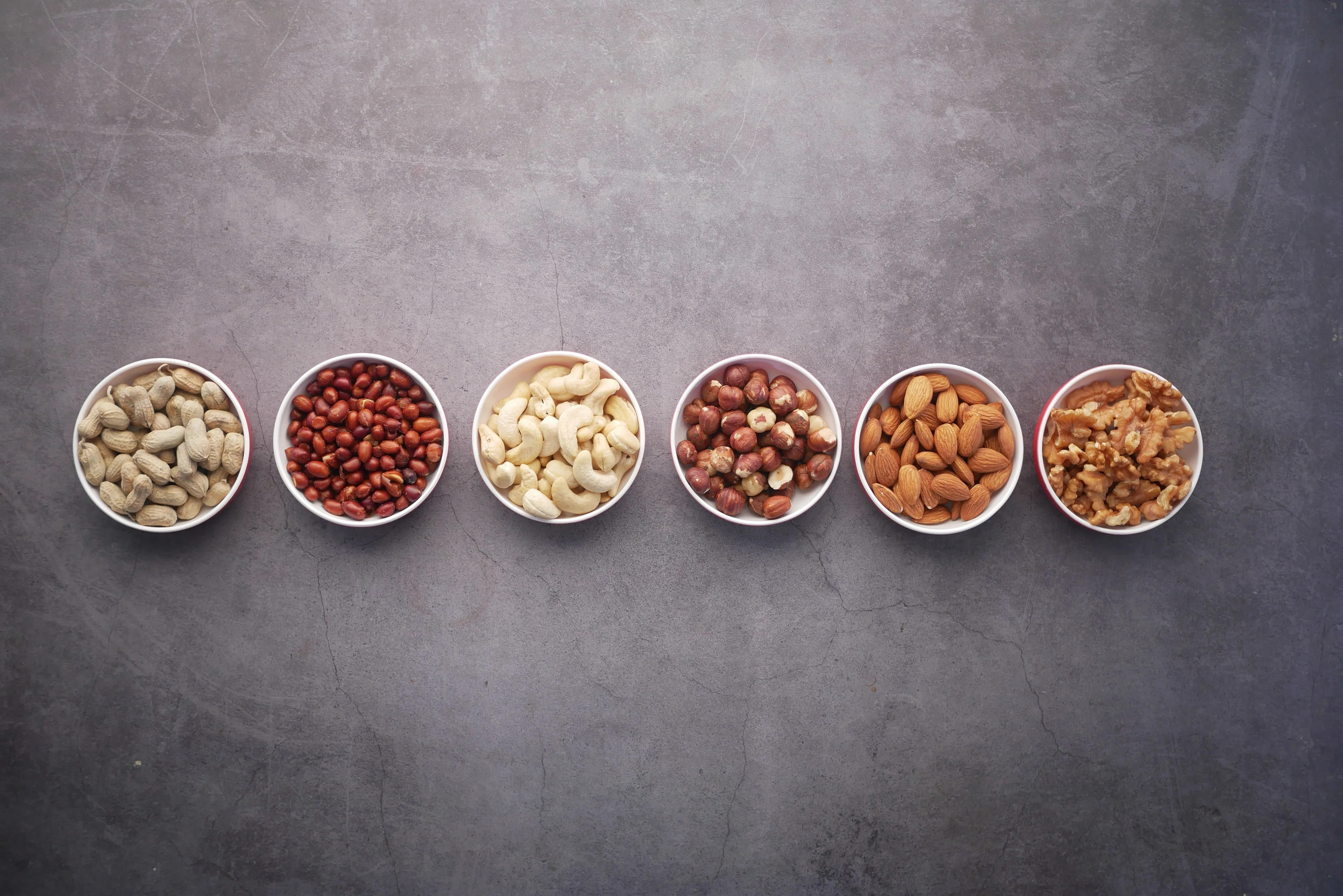DETOX Step 3 - Measuring Results

How can you properly know when you've achieved a goal without measurements? Therefore, it's important to note where and how you started so that you know what you are celebrating in the end.
Several instruments to help you measure your on-going fasting results are a tape measure, a bathroom scale, and a BMI chart. What is BMI? Glad you asked.
Body Mass Index (BMI) is a person’s weight in kilograms divided by the square of height in meters. A high BMI can indicate high body fatness. BMI screens for weight categories that may lead to health problems, but it does not diagnose the body fatness or health of an individual. To determine if your BMI is a health risk, a healthcare provider would generally perform further assessments, such as skinfold thickness measurements, evaluations of diet, physical activity, and family history.
A Body Mass Index (BMI) calculation offers several benefits over simply using a bathroom scale:
Health Risk Assessment: BMI provides an estimate of body fat and helps assess whether you are underweight, normal weight, overweight, or obese, which is important for evaluating health risks associated with body weight. A scale only measures total weight without considering body composition.
Standardized Measure: BMI is a widely accepted and standardized measure used by health professionals to classify weight status across different populations and demographics. It offers a common reference point for comparing individual health metrics.
Height Consideration: BMI takes into account both weight and height, providing a more comprehensive understanding of body size and health. A bathroom scale only gives a single number (weight), without considering how tall a person is.
Guidance for Healthy Lifestyle: Knowing your BMI can help guide lifestyle changes, such as diet and exercise, to achieve a healthier weight. It offers a context for setting weight management goals that are appropriate for your height.
Disease Correlation: BMI is correlated with the risk of various diseases, such as heart disease, diabetes, and certain cancers. It can be a useful indicator for potential health issues related to body weight, prompting early interventions.
Tracking Over Time: BMI can be tracked over time to monitor changes in weight status, helping to identify trends and the effectiveness of weight management strategies.
In summary, while a bathroom scale provides a quick and easy measure of your weight, BMI offers a more nuanced assessment of your weight in relation to your height, providing valuable insights into your overall health and potential risks.4o
How to measure your BMI
BMI is calculated the same way for both adults and children. The calculation is based on the following formulas:
BMI is calculated the same way for both adults and children. The calculation is based on the following formulas:
Measurement Units Formula and Calculation
Kilograms and meters (or centimeters)
Formula: weight (kg) / [height (m)]2
With the metric system, the formula for BMI is weight in kilograms divided by height in meters squared. Because height is commonly measured in centimeters, divide height in centimeters by 100 to obtain height in meters.
Example: Weight = 68 kg, Height = 165 cm (1.65 m)
Calculation: 68 ÷ (1.65)2 = 24.98
Pounds and inches
Formula: weight (lb) / [height (in)]2 x 703
Calculate BMI by dividing weight in pounds (lbs) by height in inches (in) squared and multiplying by a conversion factor of 703.
Example: Weight = 150 lbs, Height = 5’5″ (65″)
Calculation: [150 ÷ (65)2] x 703 = 24.96
How is BMI Interpreted for adults?
For adults 20 years old and older, BMI is interpreted using standard weight status categories. These categories are the same for men and women of all body types and ages.
The standard weight status categories associated with BMI ranges for adults are shown in the following table.
BMI Weight Status
Below 18.5 Underweight
18.5 – 24.9 Healthy Weight
25.0 – 29.9 Overweight
30.0 and Above Obesity
For example, here are the weight ranges, the corresponding BMI ranges, and the weight status categories for a person who is 5′ 9″.
Height Weight Range BMI Weight Status
5′ 9″ 124 lbs or less Below 18.5 Underweight
125 lbs to 168 lbs 18.5 to 24.9 Healthy Weight
169 lbs to 202 lbs 25.0 to 29.9 Overweight
203 lbs or more 30 or higher ObesityTop of Page
For children and teens, the interpretation of BMI depends upon age and sex. For more information about interpretation for children and teens, read – What is a BMI percentile and how is it interpreted?
Calculate your BMI here.
BMI For Adults Widget
Record your weight daily
Every morning of your fast, weigh yourself on your bathroom scale and record it in a journal. In fact, it would do you well to get a special journal labeled, "MY WELLNESS JOURNEY" because I'm sure you'll want to continue with this path to a healthier YOU!https://trawblogs.grooveblog.com/post/detox-step2-prepare-physically/








